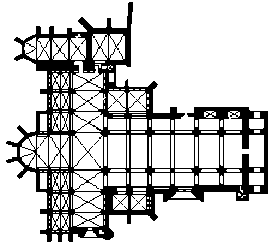|
The church stands in the walled cité of Carcassonne on the site of a Visigoths (and therefore Arian not Catholic) one dating from the 5th century. A new building was started in the eleventh century (in the time of Pope Urbain II), in a style called Romance here (corresponding to the Romanesque in Britain).
The two styles combine relatively well, providing one of the interesting characteristics of this monument. As Eugène Viollet-le-Duc put it "the Saint-Nazaire basilica represents the invasion of the ogival style of the North into a Romance monument of the South." |
|
|
Total length: 48.50 m. |
|

![]() Points
to note:
Points
to note:
- the 2 side aisles of the great Romance nave are supported by alternating round and square pillars
- the ogival Gothic transept and the vaults (built by Pierre de Rochefort) exhibit Scandinavian influence.
- the most beautiful stained glasses of the south of France
- the Saint-Pierre Vault
- the tomb of Bishop Radulphe
- the Stone of the Seat (possibly part of Simon de Montfort's original tomb).
|
Saint-Pierre Vault. In this 14th century vault is the cenotaph (empty tomb) of Pierre de Rochefort, bishop of Carcassonne from 1300 to 1322, who was responsible for practically all the Gothic work of the basilica. Stone of the Seat. When Simon de Montfort died on 25th June 1218 his body was brought back to Carcassonne and buried in the Saint-Nazaire Cathedral. His remains were exhumed 3 years later and taken to a monastery close to Montfort-Amaury (the Seine and Oise). This stone, discovered in 1835 by Mérimée in the basilica, is thought to have been part of his original tomb. If you spend a few minutes looking at it you can make out details of his death (he was hit on the head by a large stone, launched by the women of Toulouse, helping to defend their city against his Crusdaer army during the wars against the Cathars of the Languedoc). Depicted are the River Garonne and the ramparts of Toulouse. The body is being stretchered away while de Montfort's soul (represented by his heart) is escorted skywards by an angel. More realistically you can see the women on the battlements next to their trebuchet. The original laudatory epitaph to Simon invited the scorn of the writer of Song of the Cathar Wars [laisse 208]. |
|

|
Tomb of Bishop Radulphe. When Carcassonne became the property of the French crown during the wars against the Cathars of the Languedoc, the inhabitants of the city were forcibly removed from their homes inside the city walls, and the adjacent borough was destroyed. Guilhèm Radulphe obtained permission from the new French rulers for the inhabitants to build a new town - what is now the lower town (Ville Basse). Radulphe died in 1266, and was interred before the new building was started. His vault is therefore set at the level of the old Romance cathedral, below the level of the present one. It was only in 1839 that Cros-Mayrevieille discovered the tomb. It can now be seen in a Gothic blind arcade. The Organ. The organ is apparently of interest to those interested in organs, rescued from decay in the nineteen-sixties. It has 4 keyboards, 40 plays and pedals, and is called "to the Frenchwoman". From June to September free organ concerts are organised by an association of the Friends of the Organ. |
|
|
Basilica of St-Nazaire,
Carcassonne
|
|
Basilica of St-Nazaire,
Carcassonne
|
|
Basilica of St-Nazaire,
Carcassonne
|
|
Basilica of St-Nazaire,
Carcassonne
|
|
Basilica of St-Nazaire,
Carcassonne
|
|
Basilica of St-Nazaire,
Carcassonne
|
|
Basilica of St-Nazaire,
Carcassonne
|
|
Basilica of St-Nazaire,
Carcassonne
|
|
Basilica of St-Nazaire,
Carcassonne
|
|
Basilica of St-Nazaire,
Carcassonne
|
|
Basilica of St-Nazaire,
Carcassonne
|
|
Basilica of St-Nazaire,
Carcassonne
|
|
Basilica of St-Nazaire,
Carcassonne
|
|
Basilica of St-Nazaire,
Carcassonne
|
 |
|
Basilica of St-Nazaire,
Carcassonne
|
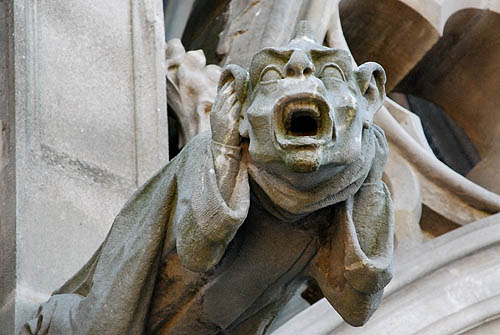 |
|
Basilica of St-Nazaire,
Carcassonne
|
 |
|
Basilica of St-Nazaire,
Carcassonne
|
 |
|
Basilica of St-Nazaire,
Carcassonne
|
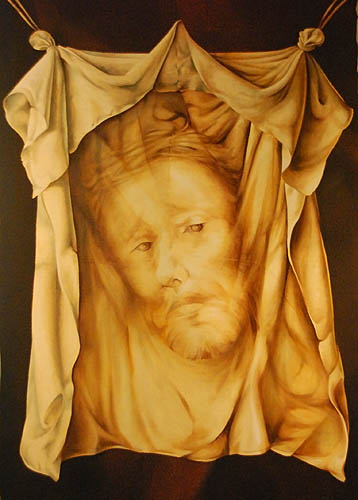 |
|
Basilica of St-Nazaire,
Carcassonne
|
 |
|
Basilica of St-Nazaire,
Carcassonne
|
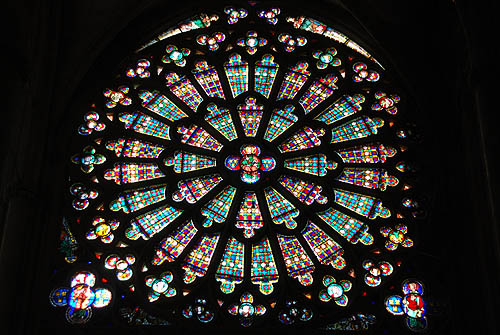 |
|
Basilica of St-Nazaire,
Carcassonne
|
 |
|
Basilica of St-Nazaire,
Carcassonne
|
 |
|
Basilica of St-Nazaire,
Carcassonne
|
 |
|
Basilica of St-Nazaire,
Carcassonne
|
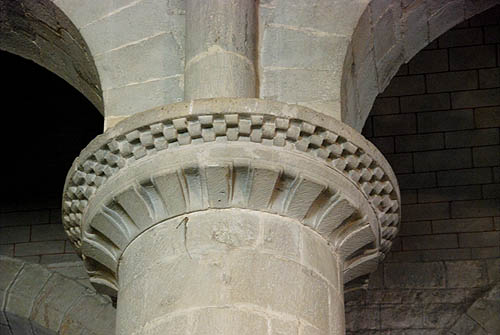 |
|
Basilica of St-Nazaire,
Carcassonne
|
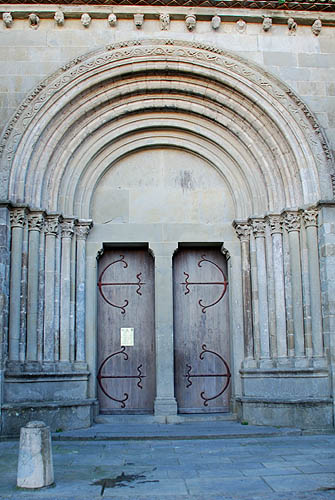 |
|
Basilica of St-Nazaire,
Carcassonne
|
 |
|
Basilica of St-Nazaire,
Carcassonne
|
 |
|
St Dominic, founder
of the "Friar Preachers" or Dominicans,
who ran the first Papal Inquisition, preached in the basilica of St Nazaire at Easter 1213 |
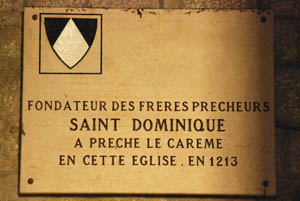 |





